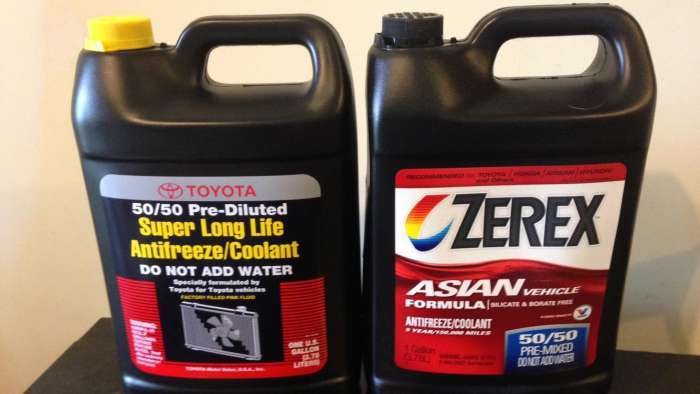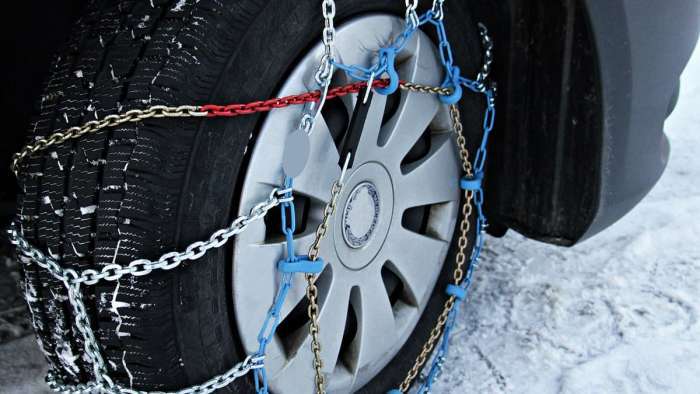If you have never watched Game of Thrones, you may not get the reference, "Winter is coming." For some of us around the globe, winter is already here.
Being prepared for a snowy or extreme cold situation is always right, primarily if you rely on your Prius to get you to and from work.
So what does it take to winterize a Toyota Prius? It is not as hard as you think it is, depending on the region of the States you live. For me, in the Pacific Northwest, I need to be prepared for just about anything. We have all sorts of weather here, and you can never be too prepared.
I want to share what I have done to ensure my Prius is fully winterized and ready to take on a potentially brutal winter. I will also touch on what you can do if you live in less harsh climates.
What Does Winterizing Mean?
In short, winterizing means to make sure your car, house, or whatever else is ready to withstand harsh temperatures and long periods of no or minimal use.
When it comes to winterizing a Prius, we need to think of it as a regular car and a typical car's needs. We will start first with the cooling system.
Toyota Prius Coolant/Anti-Freeze
Winterizing used to mean something a bit more intense than it does today. Back in the days of the Model T and other early ancestors of the Prius, vehicles used water in their cooling system.
Water is excellent for wicking away heat and making the best use out of a radiator. However, it is not good when put under pressure and stress. Boilovers were common. Ever wonder why there are barrels of non-potable water by the roadside going up steep mountain grades? Now you know.
Engine coolant or anti-freeze was developed so that people would not have to worry about the water freezing in their engine, expanding and cracking the block. As technology has advanced, so has our engine coolant, though one thing remains. It will eventually break down and need replacing.

Checking your cooling system should be done at least once a year. I use a refractometer, which gives me a far more accurate reading of where the freezing point is with my engine coolant.
Knowing where the freezing point is with your Prius will help you avoid more extensive repairs. If you are unsure how to check your coolant, stop by your nearest hybrid shop and have them take a look for you.
Prius should have the coolant changed in the engine and the inverter system. A good dealer or shop should do the process at least every 90,000 miles. There are others, like Toyota, that say 150,000 miles. That is fine, in my opinion, if you live in warmer climates.
As engine coolant breaks down, it loses the ability to withstand freezing temperatures. It also loses the ability to withstand electrolysis, a process in which electrical current can eat away at vital parts of the engine.
Changing and checking your engine coolant is a practice you should be familiar with and your mechanic too. To read more on what kind of coolant you need for your Prius, check out this article here.
Toyota Prius Tires For Winter
Winter tires are more than snow tires. Winter tires are right for temps that dip below 45 degrees through the cold season. The compound found in winter tires is far less rigid under freezing conditions, allowing maximum traction in cold climates.
This year, I was lucky because I found a set of used but new Michelin X-Ice tires for my 2008. I paid a whopping $150 for all of them off someone who had used them once.

My point here telling you about my find is not to brag. Rather say to you that it is possible to find decent used winter tires for your Prius. It would help if you were willing to take a look around.
My second point is that if you live in a region with cold temps below 45 degrees during the day, winter tires a great idea to help keep you safe.
The traction difference is incredible. I highly recommend taking a look at my list of winter tires here.
Toyota Prius Wipers And Washer Fluid
Just like the tires, your wipers also need to be changed. There are wiper blades that are designed to handle cold temperatures as well.
Keeping a clear windshield amid a blizzard is a big priority and something everyone should think about. If you live in warmer climates, definitely get on board with changing your wiper blades at least once a year, if not twice.

The same goes for the fluid your car uses. Traditional washer fluid is suitable for above freezing temps. If you are in an area where freezing is a regular occurrence, you need to change to a liquid that will not freeze.
Conclusion
In reality, getting a Prius winterized is not that difficult. You should also make sure your oil has been changed recently too. Old oil is slower to move when cold as compared to new oil. So count that as a bonus for this article.
These tips are from professional experience and time in the field, learning about what helps keep you and your Prius safe during harsh winter conditions. Take the day, prep your Prius, and you will be glad you did.
Have a great week, everyone. I look forward to seeing you in the next article.
Gen 2 Toyota Prius Lithium-Ion Battery Back Replacement Update
Fix Your Toyota Prius P0420 Catalyst Efficiency Code For Less Than $20
Check out this wild new battery tech that Tesla has and why it will forever change the auto industry.
Peter Neilson is an automotive consultant specializing in electric cars and hybrid battery technologies. He holds a Bachelor of Science in Automotive Service Technology from Weber State University. Peter can be reached on Linkedin and you can tweet him at The_hybrid_guy on Twitter. Find his page on Facebook at Certified Auto Consulting. Read more of Peter's stories at Toyota news coverage on Torque News. Search Toyota Prius Torque News for more in depth Prius coverage from our reporters.












